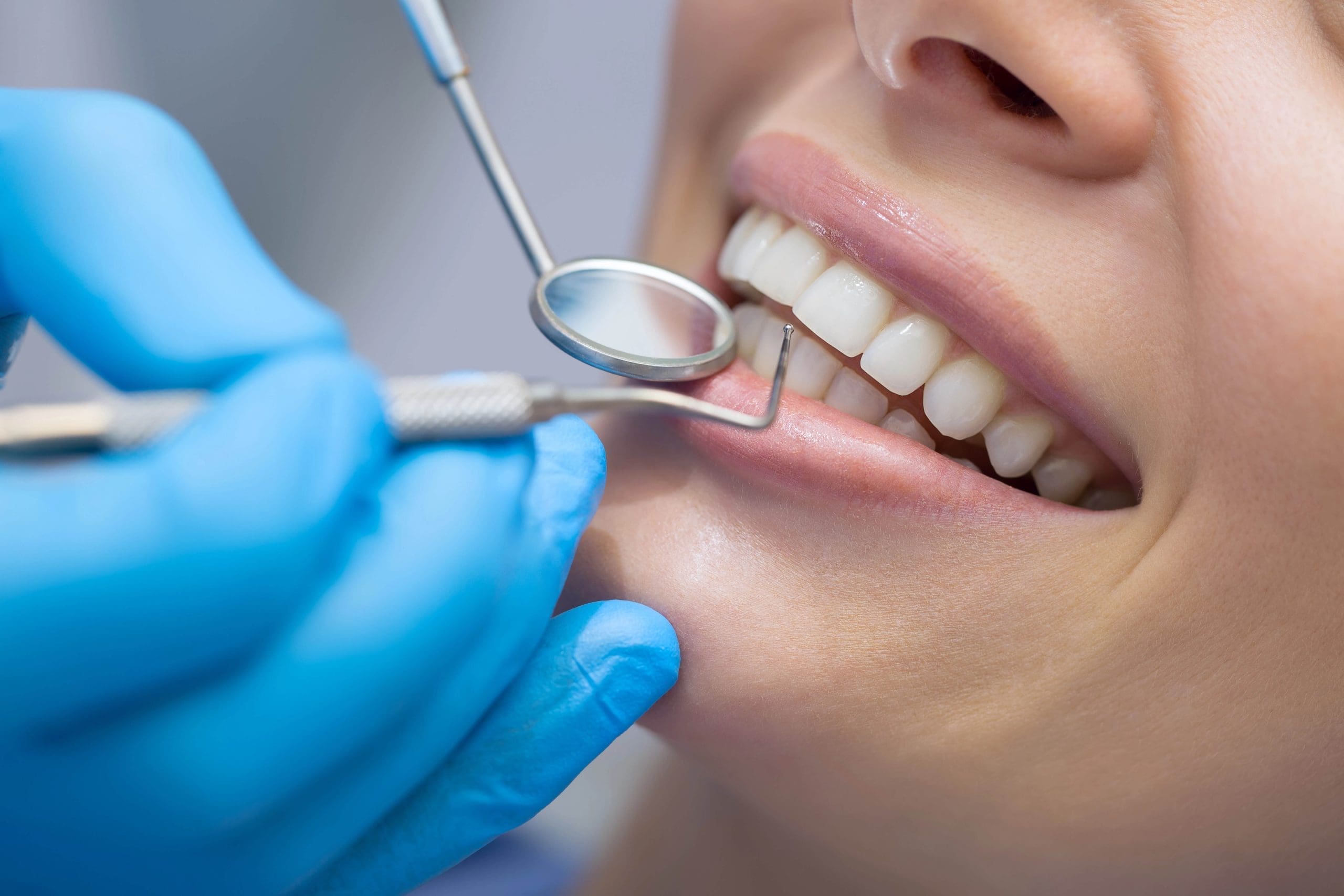
What is an Abutment in Dental Implants, and Why is it Essential to Understand its Role?
An abutment in a dental implant serves as the crucial connector between the implant post and the artificial tooth, ensuring stability and functionality. Understanding this component helps in appreciating how dental implants restore both aesthetics and oral health.
Abutment Dental Implant
An abutment in a dental implant is a crucial component, acting as the connector between the implant post and the dental prosthesis, such as a crown, bridge, or denture. Typically made from durable materials like titanium or zirconia, the abutment ensures a stable and secure fit.
This device is placed on top of the implant post, which has been surgically inserted into the jawbone. Once attached, it provides a solid foundation for the prosthetic tooth, allowing it to function like a natural tooth.
The abutment is essential in achieving the aesthetic and functional outcomes of dental implant procedures. For more on dental procedures, explore Understanding Surgical Dentistry: Procedures and Benefits.
Types of Dental Abutments
In dental implants, understanding the types of abutments is crucial for those considering the procedure. The abutment connects the implant and crown, ensuring stability and functionality.
Common types include stock abutments, which are pre-manufactured in various sizes, and custom abutments, which are tailored to the patient’s mouth. Custom abutments offer enhanced fit and aesthetics.
Temporary abutments, used during healing, and healing abutments, or healing cuffs, help gum tissue heal around the implant. For more information on options, visit Best Dental Implants In Sunnyvale.
Role in Dental Implant Process
The abutment’s role in the implant process is pivotal. It serves as the connector between the implant post and the prosthesis, like a crown or bridge. After the implant post is securely anchored into the jawbone, the abutment is attached, protruding above the gum line to provide a stable base for the artificial tooth.
This component ensures that the prosthesis is firmly held, enabling normal function and a natural appearance. The abutment is essential for both durability and aesthetics in dental restoration.
Materials Used for Abutments
The materials used in abutments are crucial to the implant’s success and longevity. Commonly, abutments are crafted from materials like titanium and zirconia, chosen for strength, biocompatibility, and aesthetic appeal.
Titanium is popular for its strength and tissue compatibility, while zirconia, with its tooth-like color, is favored for aesthetics. Material choice can impact the final outcome. For more information, consult Derek H. Tang, DDS at Sunnyvale Dentist.
Abutment Placement Procedure
The abutment placement procedure is a key step in the implant process. Typically performed after the implant has integrated with the jawbone, this procedure involves exposing the top of the implant and attaching the abutment, which protrudes above the gum line.
This placement allows for the secure attachment of a crown or other prosthesis. The procedure is usually straightforward and done under local anesthesia. After placement, a healing period may be necessary to ensure proper adaptation of the gum tissue.
Healing Time for Abutments
The healing time for an abutment is crucial in the dental implant process. After placement, the surrounding gum tissue needs time to adapt to the new structure, allowing the abutment to integrate properly with the implant and provide stable support for the final prosthetic.
Healing times vary based on individual health, but it generally takes a few weeks. During this period, the abutment should remain undisturbed for optimal healing and integration.
Abutment and Crown Connection
The abutment ensures a secure connection between the implant and the crown. Acting as a bridge, it links the implant in the jawbone to the visible crown, which replicates a natural tooth.
Typically made from titanium or zirconia, the abutment supports the crown, allowing it to withstand the forces of chewing and biting, completing the restoration process and ensuring functionality and aesthetics.
Common Issues with Abutments
There are several common issues associated with abutments. One frequent concern is loosening, which can result from improper fitting or excessive force during chewing. Infection around the abutment site is another issue that may lead to inflammation if not promptly addressed.
Gum recession around the abutment can expose the metal, affecting aesthetics. Awareness of these issues helps maintain the longevity and functionality of the implant.
Future Trends in Abutment Design
Abutment design is evolving with trends focusing on enhancing both functionality and aesthetics. Advancements in materials science are leading to more durable and biocompatible materials, better integrating with natural tissues.
Digital design and 3D printing are also enabling more precise and customized abutments, improving patient outcomes with more natural-looking results and reducing procedure time.
Conclusion
Understanding the role of an abutment in a dental implant is essential for anyone considering this procedure. For more information or to discuss your needs, call 408-732-1204 or check out our Google Maps reviews.